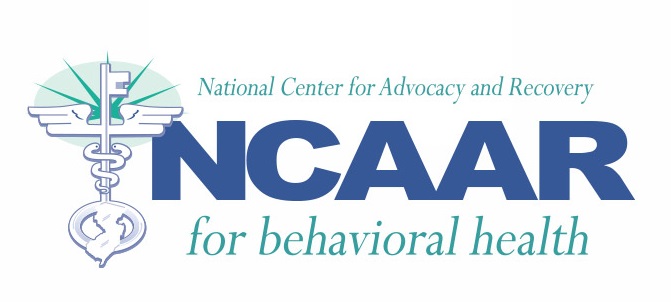Twelve young adults from Hamilton Township were killed over the last two years by a deadly affliction. What disease did these individuals fall prey to? Was it HIV? Leukemia? Was it some rare form of cancer? Would it surprise you to know that it was none of the above, that in fact these individuals all died directly or indirectly from the disease of addiction? That’s 12 families who endured an irreparable loss, 12 lives cut short, their potential unfulfilled.
An opportunity to save some of these lives was lost last month when the Zoning Board in Lawrence Township denied a variance request that would have allowed Sunrise, LLC, to operate a drug and alcohol detoxification center on the property owned by developer John Simone. Lawrence had a chance to shine as a beacon of hope for those throughout the state with an addiction. Instead they were paralyzed by fear of something they didn’t understand.
According to a study by Substance Abuse and Mental Services Administration (SAMSA), the number of deaths in New Jersey attributable to alcohol and drugs during a five year period of time was just shy of 14,000. This number averages out to approximately 2,750 deaths per year. New Jersey is one of eight sites nationally trying to reduce this number through the Closing the Addiction Treatment Gap Campaign-NJ (for more information on this initiative, visit www.ncaddnj.org)
Until addiction is viewed as a “real” disease, not just in the medical profession or treatment and recovery communities but by society at large more of our young people will pay the ultimate price. Wasted assets, potential unrealized, futures lost- the impact on our communities has been devastating. Our next great doctor, lawyer, writer, musician or professional may be lost as a casualty to this disease. That’s right I said doctor or lawyer! The stereotype of a bum living under a bridge little resembles what an addict looks like, nor does the portrayal of the addict seen throughout these hearings, a caricature straight out of a horror film. To see what an addict looks like, all you need do is look around your office, your gym, your church or your child’s school. Better yet, you don’t even have to look that far, just look into a mirror - your reflection just may reveal the single greatest truth about this disease, which is that addiction can affect anyone.
Addiction is a public health crisis that impacts all of us in one way or another. The problem is that most view it as a criminal justice issue. It is this kind of mentality that was the genesis for the war on drugs. This war has gone on for 40 years and has failed miserably, coming at a great cost to our nation in both dollars and lives. National studies show that 1 in 10 are struggling with addiction. How many people do you know- family, friends, coworkers- that are impacted by it? It doesn’t discriminate based on color, gender, sex or where you live!
The case in Lawrence ultimately hinged on whether the detox center would be inherently beneficial to the community. The board ruled that it was not. New Jersey Legislation defines an “inherently beneficial use” as a use that is universally considered of value to the community because it fundamentally serves the public good and promotes the general welfare. It is hard to imagine anything that serves the public good and promotes the general welfare more than a facility whose main purpose it is to get people clean and sober. The positive impacts to the community are substantial because each recovering addict is one less person that the community has to support in the form of public assistance or other entitlement programs. A detox program is not merely inherently beneficial to its community, it is vitally necessary.
You may find abhorrent the behaviors that are associated with the disease of addiction. Many a crime has been committed in the procurement or distribution of narcotics, and without a doubt there needs to be an accounting by the addict for his/her actions. But these are human being who deserve a chance to get better and right the wrongs they have committed, and detox is the first step in that process.
You may be asking what can I do or how does any of this affect me? Simple, get armed with the facts. There are a lot of excellent resources out there. Educate yourself before you form an opinion or judgment about someone struggling with this malady. Contact your local municipal alliance. Talk to people that have knowledge on the subject.
One of the themes heard again and again at the eight months of hearings in Lawrence was “we don’t want ‘these people’ in our back yards … We would not feel safe nor would our children feel safe with ‘these people’ getting help in our backyards.” These people! What would happen if ‘these people’ included your husband, your mother or your sister? What would happen if it was your child who needed help? Wouldn’t you want them to be able to receive help as close to home as possible? If they broke a bone or suffered a heart attack, it would be ridiculous to expect them to drive to another county to receive help? Why should it be any different for someone suffering from the disease of addiction? Here is one final thought: if not in our backyard, than whose?
By: Thomas D. Allen Jr.
